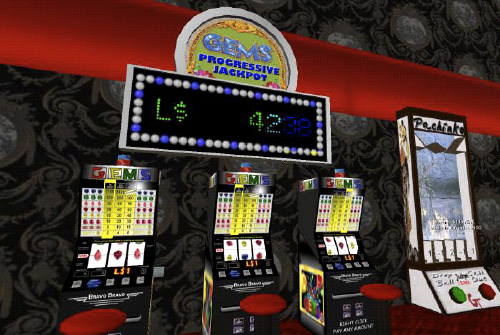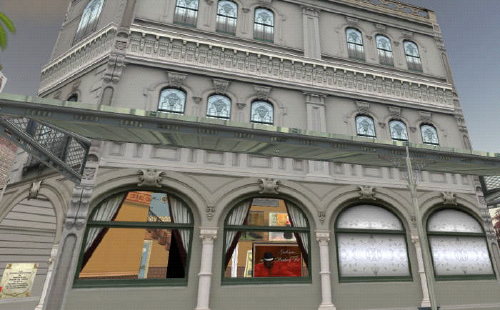Today saw the closing address by Linden Lab’s board Chairman, Mitch Kapor.
Dusan Writer has an excellent write up but the take home messages for me were:
1. The announcement of an annual ten thousand dollar prize for achievement in Second life. Judges will be drawn from a wide range of sources including Second Life residents. Here’s hoping that 10K is US dollars, not Linden Dollars.
2. That Linden Lab not surprisingly remain fixed to the idea of Second Life as a disruptive technology platform being utilised by virtual world pioneers with particular succes sin education and health. Nothing earth shattering there and Linden Lab can hardly argue they have a well established platform with mainstream appeal – imagine the questions around profitability then.


 As it happens, I am kind of experiencing a similar thing in Second Life. (God, are my segues cool or what? Inelegant at times, but it comes with the territory. Suck it up. I have. ) I’ve found I’m running into a similar malaise in-world. If it weren’t for the building I’ve been doing for a friend who is developing mixed-use facilities on a private sim, and my SL girlfriend who– despite our occasional miscommunications and her somewhat lengthy bouts of afk, is still my source of energy– I’d be in-world a lot less these days. RL pressures are mounting, and I am a lot less inspired to hang around a sim. I continue to beta-test, running to SL in order to escape some RL grindings, only to find similar grindings in SL. However, the approach in SL allows me to work out some RL things, if only by virtue of the fact that I can de-pressurise the brain long enough to allow some blockage to clear. This is not a fool-proof theory; to wit, last week’s absence. But with a little more application, it might be a workable one. “Keep banging it with a hammer, you’re bound to fix it, somehow!”
As it happens, I am kind of experiencing a similar thing in Second Life. (God, are my segues cool or what? Inelegant at times, but it comes with the territory. Suck it up. I have. ) I’ve found I’m running into a similar malaise in-world. If it weren’t for the building I’ve been doing for a friend who is developing mixed-use facilities on a private sim, and my SL girlfriend who– despite our occasional miscommunications and her somewhat lengthy bouts of afk, is still my source of energy– I’d be in-world a lot less these days. RL pressures are mounting, and I am a lot less inspired to hang around a sim. I continue to beta-test, running to SL in order to escape some RL grindings, only to find similar grindings in SL. However, the approach in SL allows me to work out some RL things, if only by virtue of the fact that I can de-pressurise the brain long enough to allow some blockage to clear. This is not a fool-proof theory; to wit, last week’s absence. But with a little more application, it might be a workable one. “Keep banging it with a hammer, you’re bound to fix it, somehow!”
Recent Comments